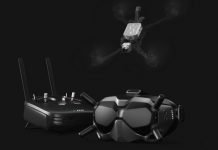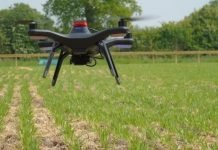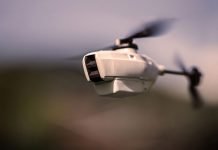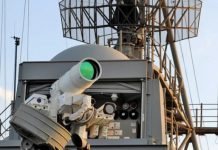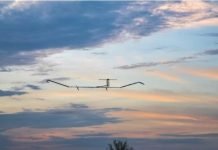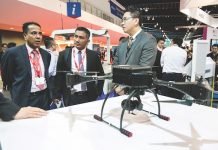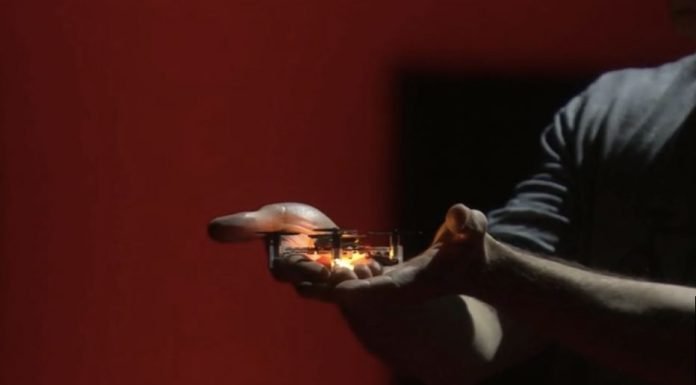
Credit: The Drone Racing League, CC BY-ND
This article was originally published at The Conversation. The publication contributed the article to Live Science’s Expert Voices: Op-Ed & Insights.
Over the past 15 years, drones have progressed from laboratory demonstrations to widely available toys. Technological improvements have brought ever-smaller components required for flight stabilization and control, as well as significant improvements in battery technology. Capabilities once restricted to military vehicles are now found on toys that can be purchased at Wal-Mart.
Small cameras and transmitters mounted on a drone even allow real-time video to be sent back to the pilot. For a few hundred dollars, anyone can buy a “first person view” (FPV) system that puts the pilot of a small drone in a virtual cockpit. The result is an immersive experience: Flying an FPV drone is like Luke Skywalker or Princess Leia flying a speeder bike through the forests of Endor.
First-person viewing puts you in the virtual cockpit of a drone, like flying a speeder on Endor.
Perhaps inevitably, hobbyists started racing drones soon after FPV rigs became available. Now several drone racing leagues have begun, both in the U.S. and internationally. If, like auto racing, drone racing becomes a long-lasting sport yielding financial rewards for backers of winning teams, might technologies developed in the new sport of drone racing find their way into commercial and consumer products?
Starting with the basics
Aerodynamically, the multi-rotor drones that are used for racing are not sophisticated: A racing drone is essentially a brick (the battery and flight electronics) with four rotors attached. A rectangular block has a drag coefficient of roughly 1, while a carefully streamlined body with about the same proportions has a drag coefficient of about 0.05. Reducing the drag force means a drone needs less power to fly at high speed. That in turn allows a smaller battery to be carried, which means lighter weight and greater maneuverabilityThis is a case where technologies from aircraft and helicopter aerodynamics will find their way to the smaller vehicles. Commercial drone manufacturers have begun working on aerodynamic optimization, using techniques such as wind tunnel testing and computational fluid dynamics originally developed for analysis and design of full-scale aircraft and helicopters.
Credits: livescience


